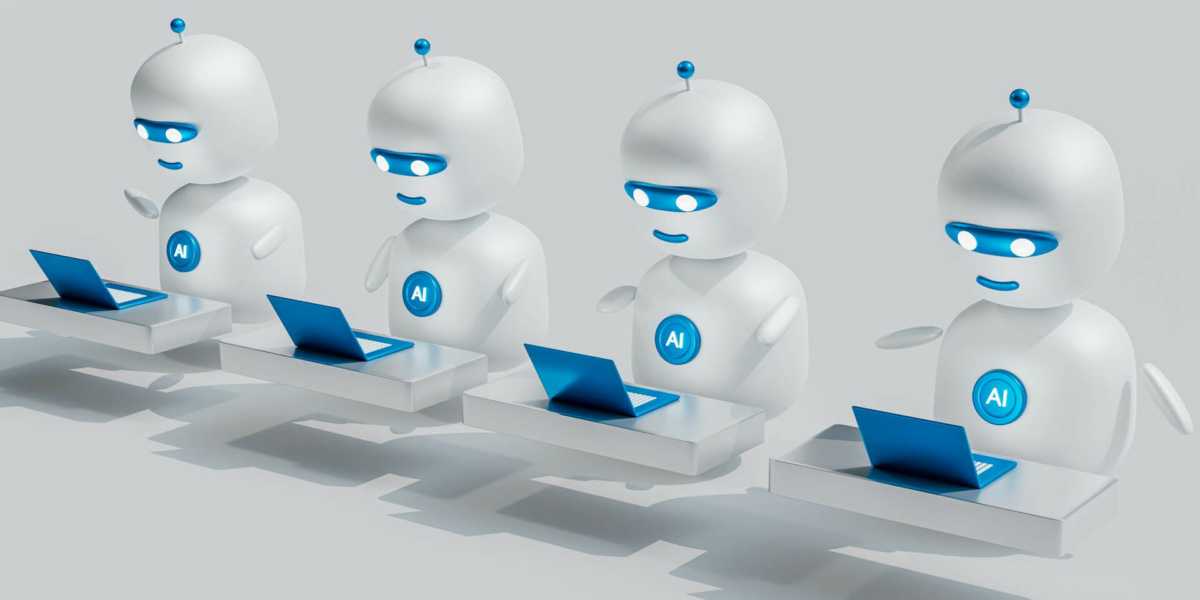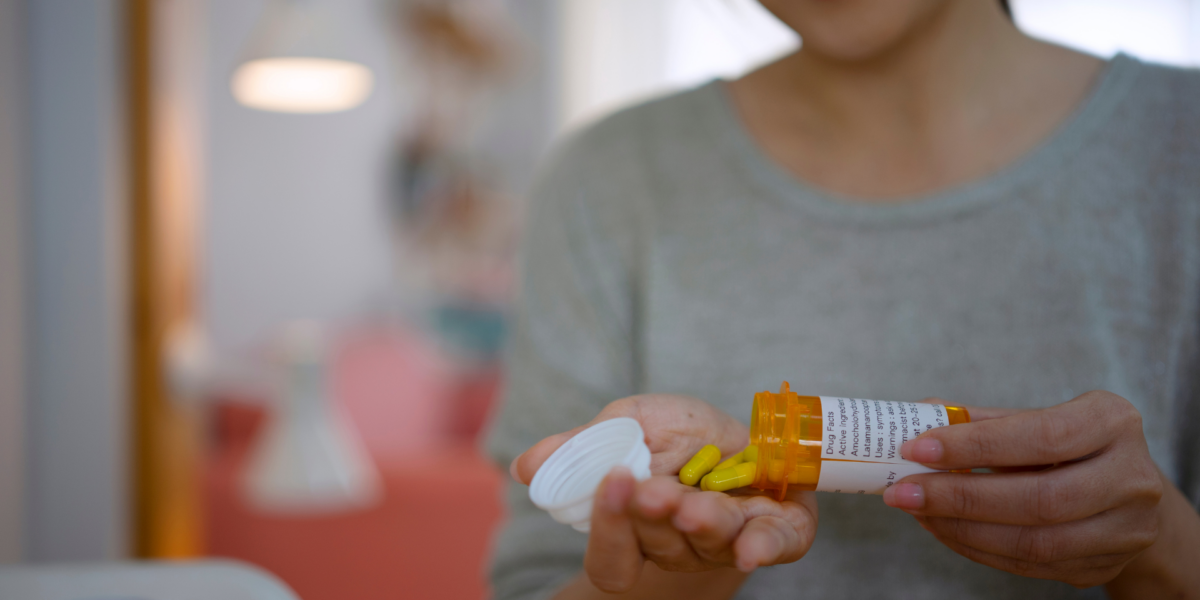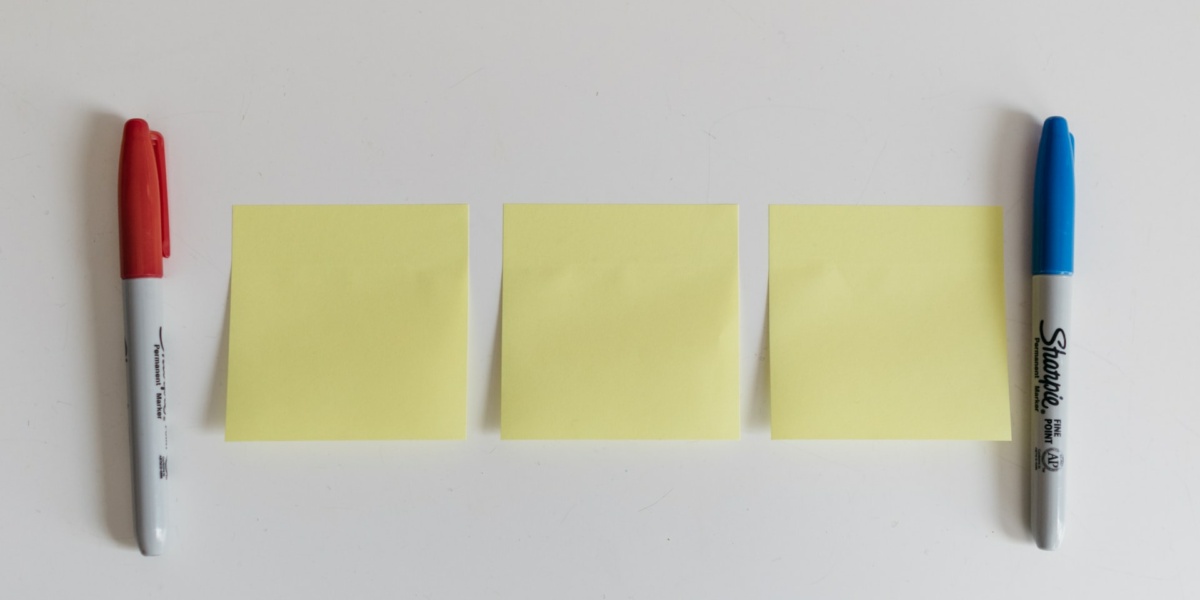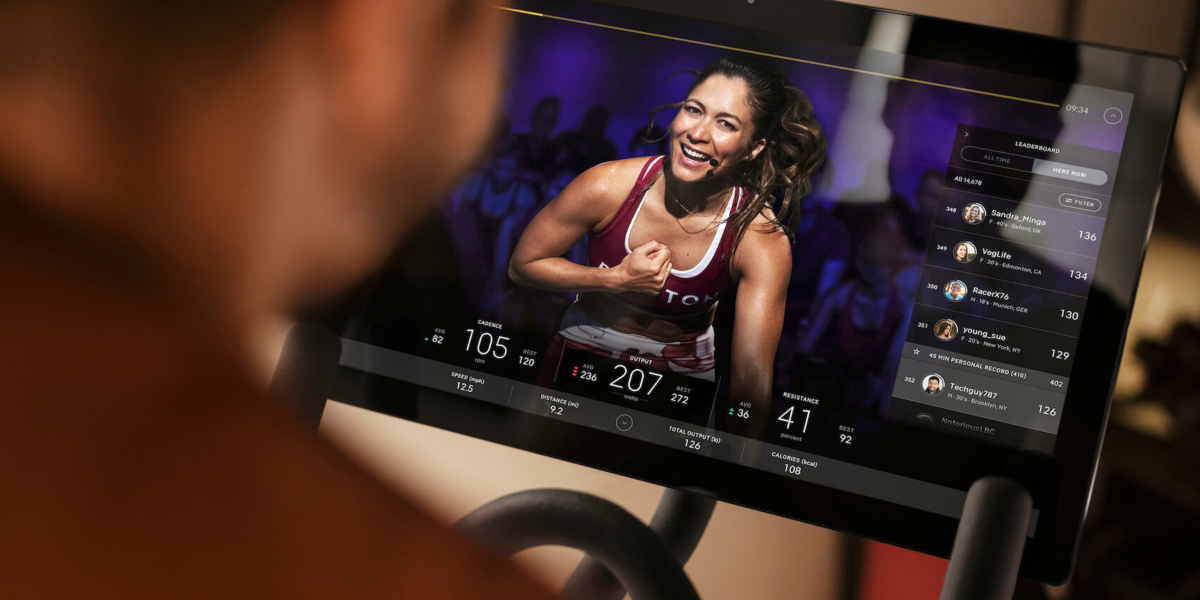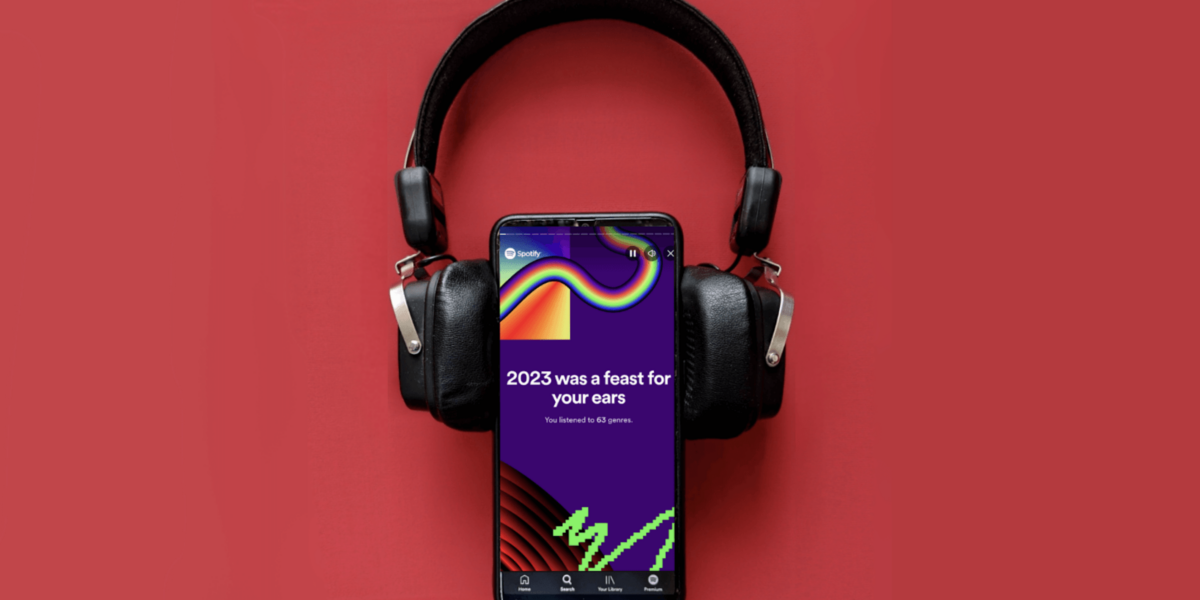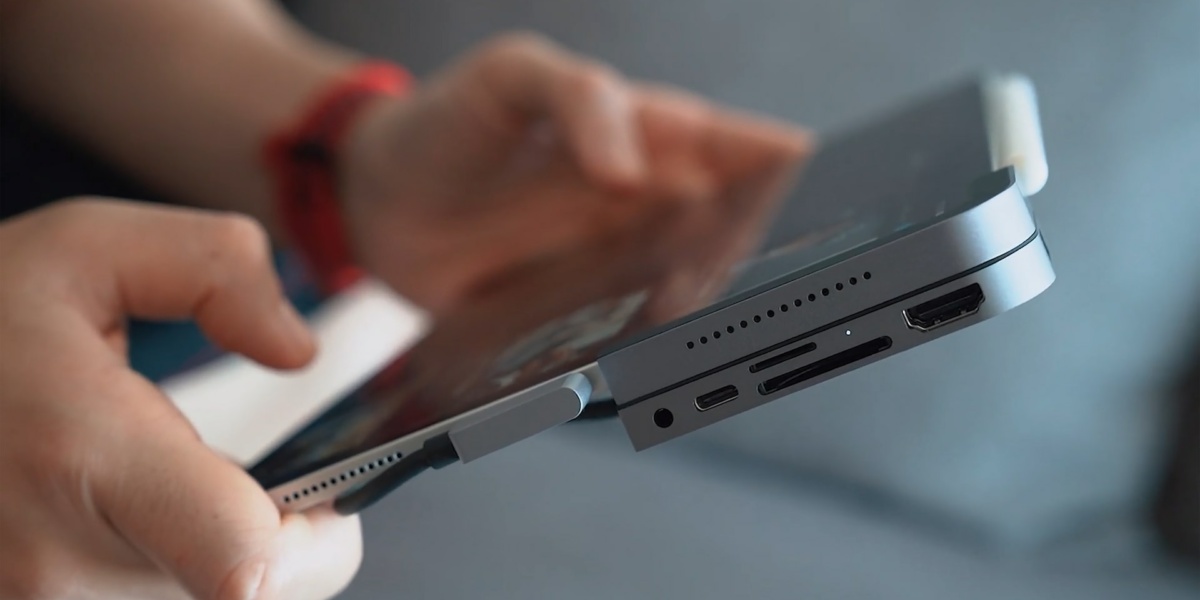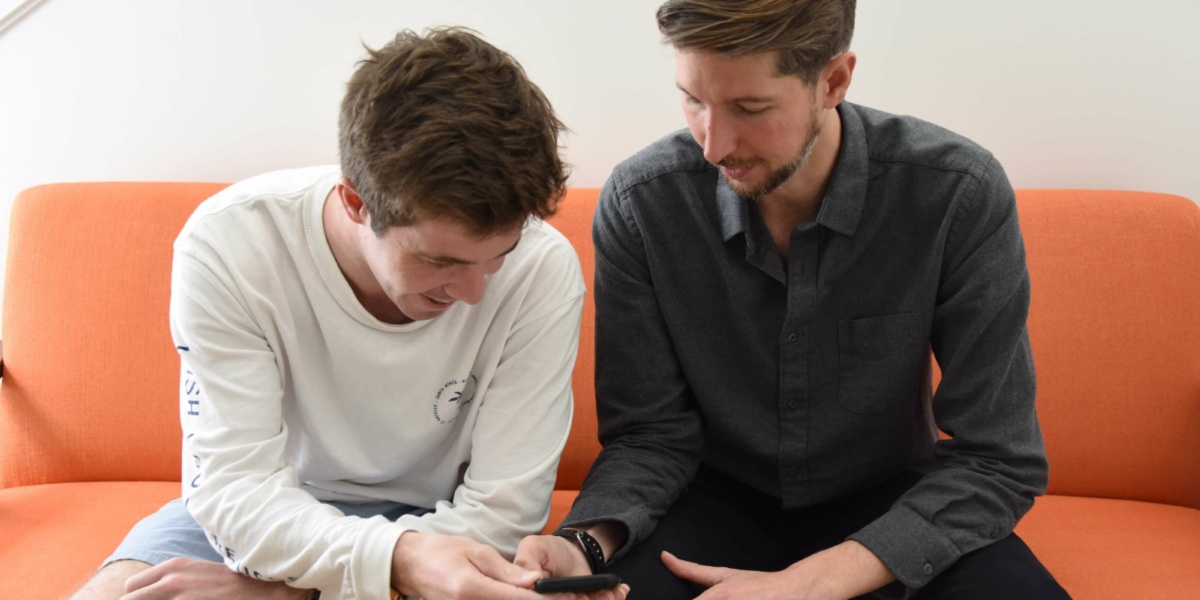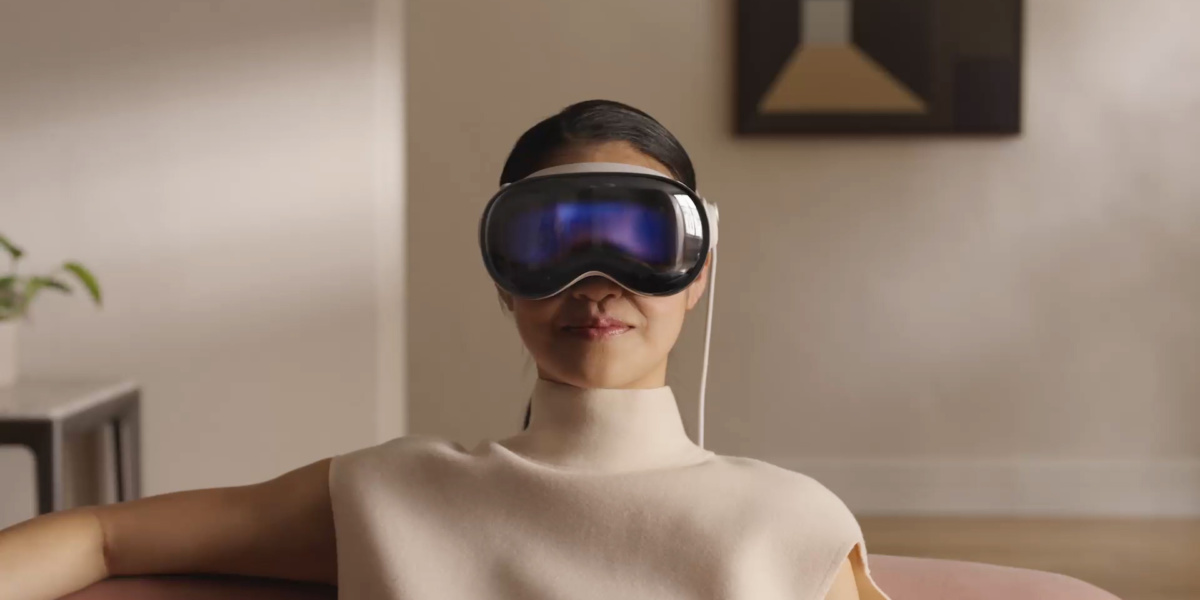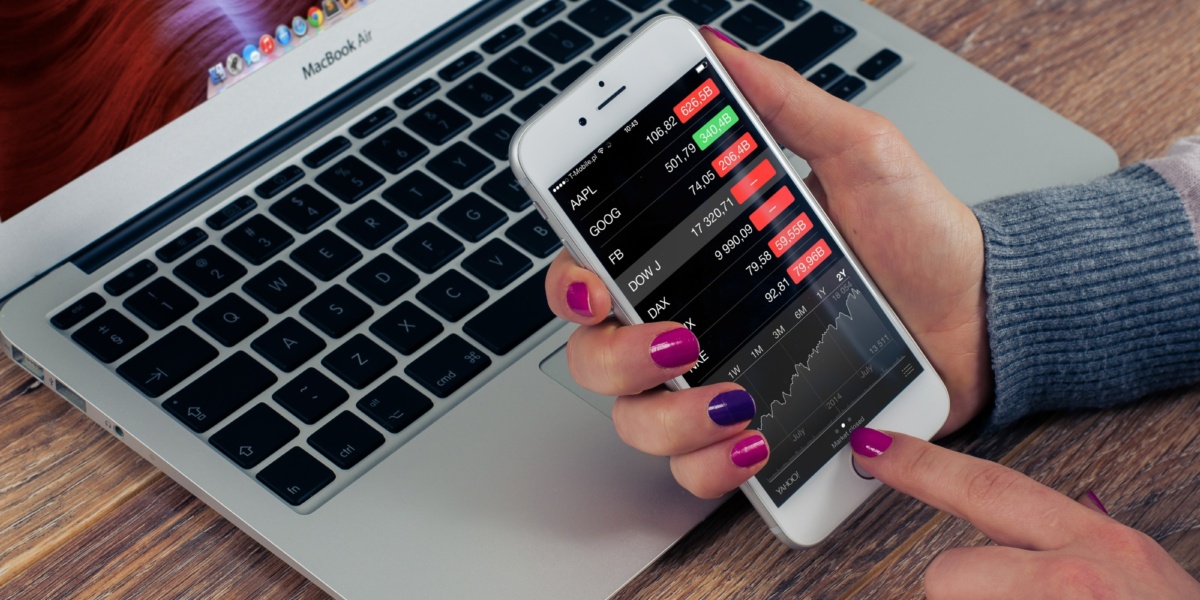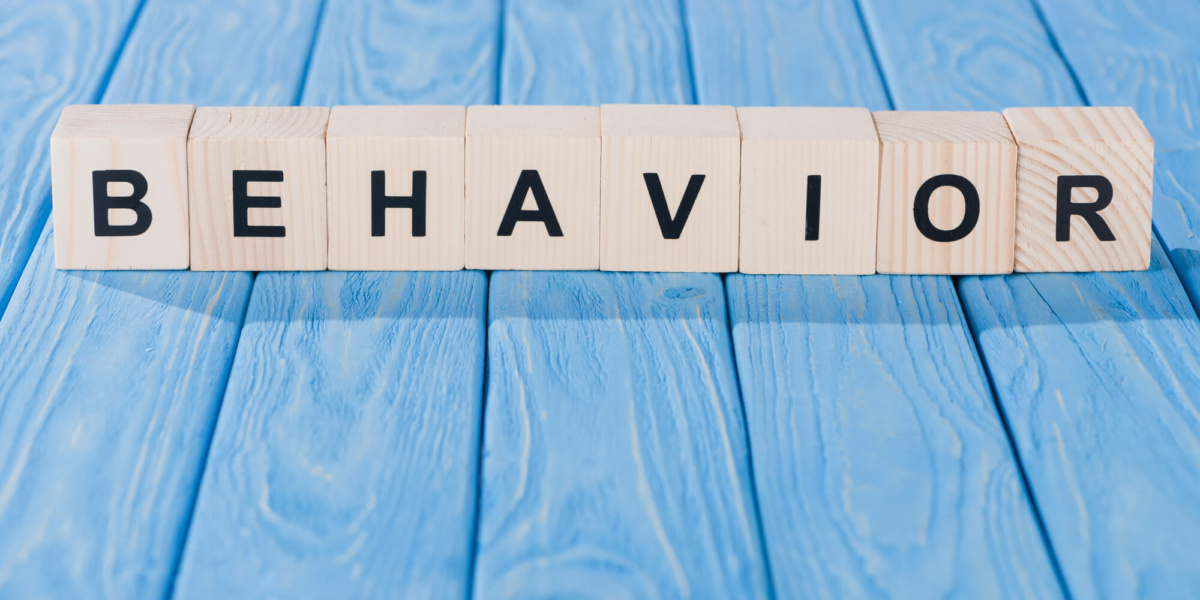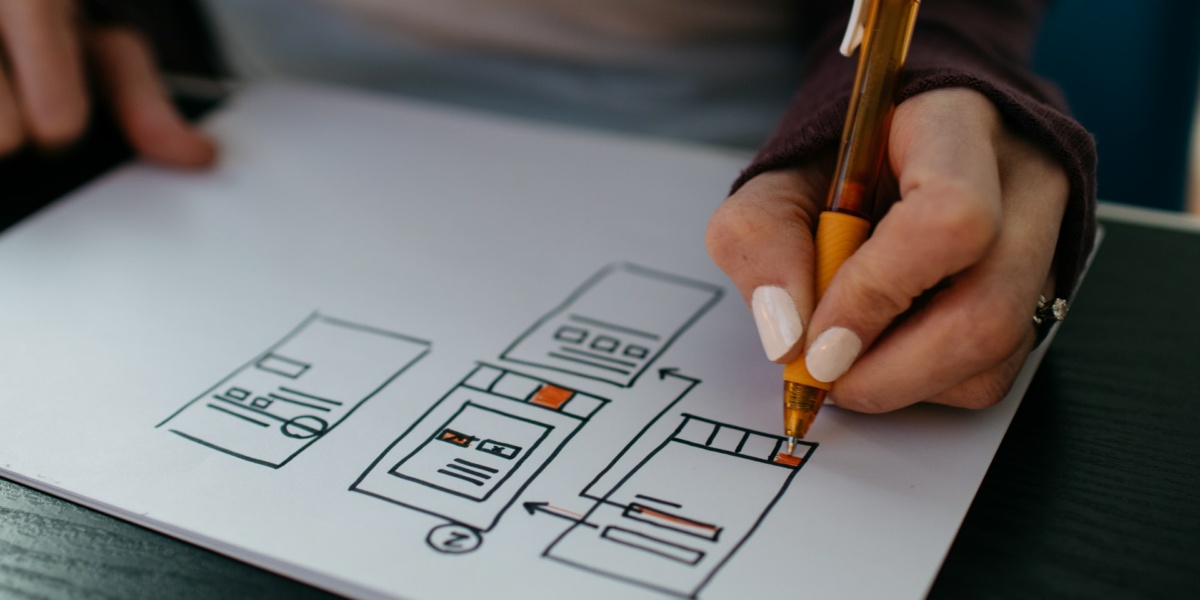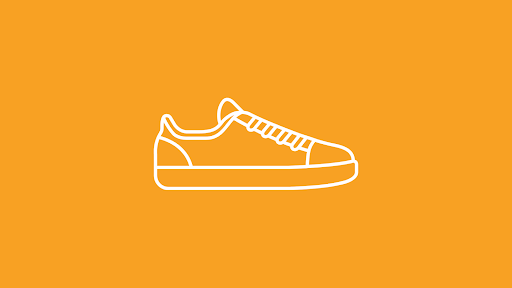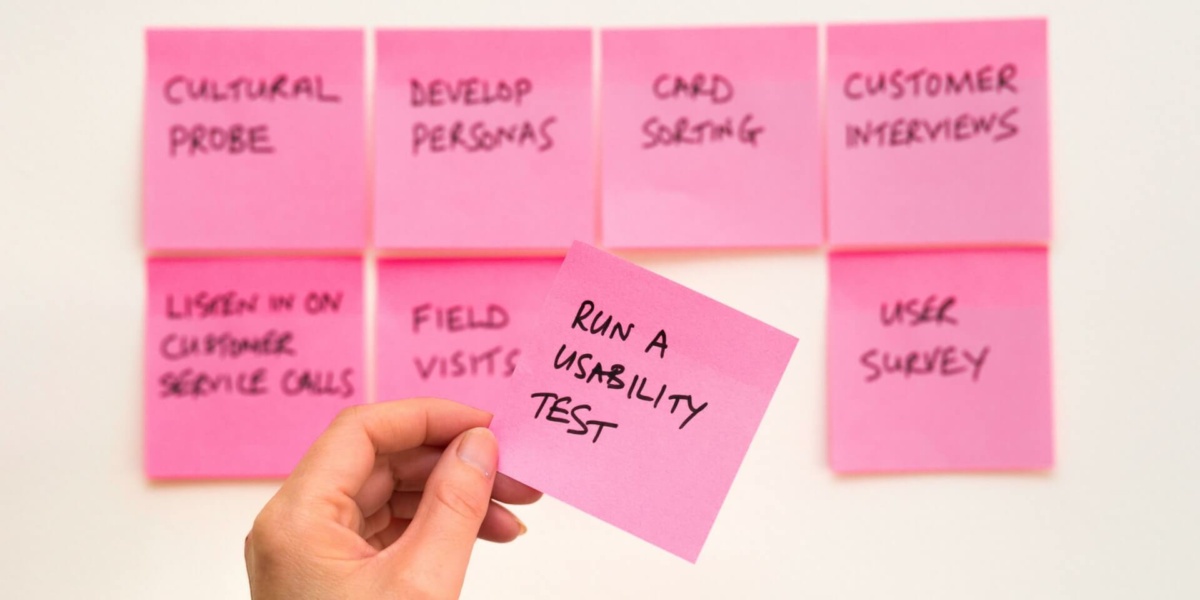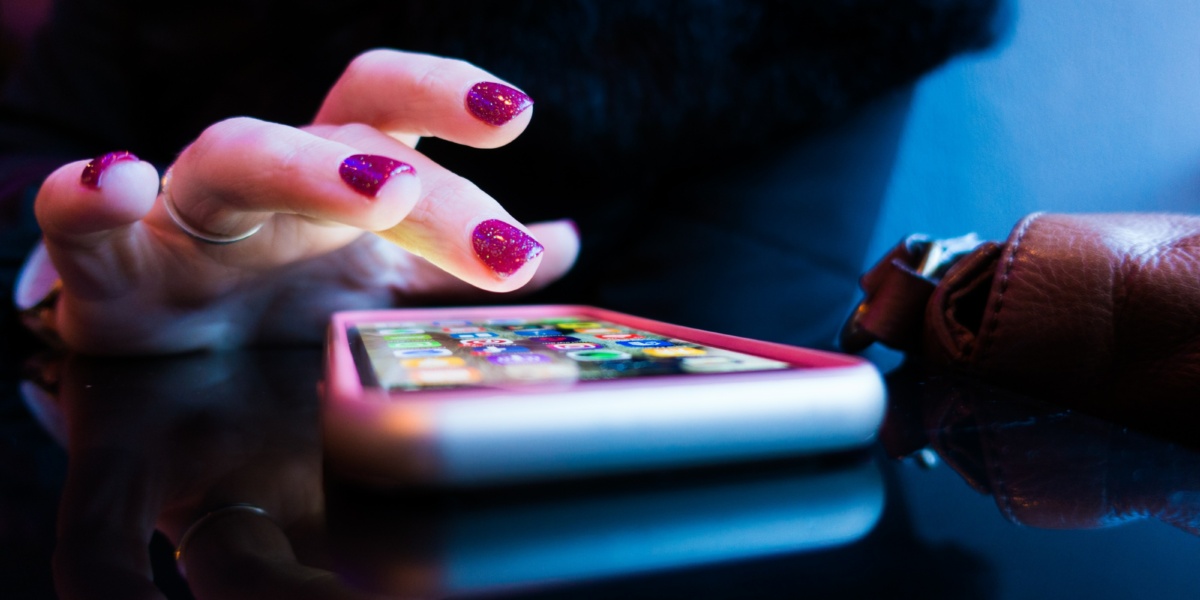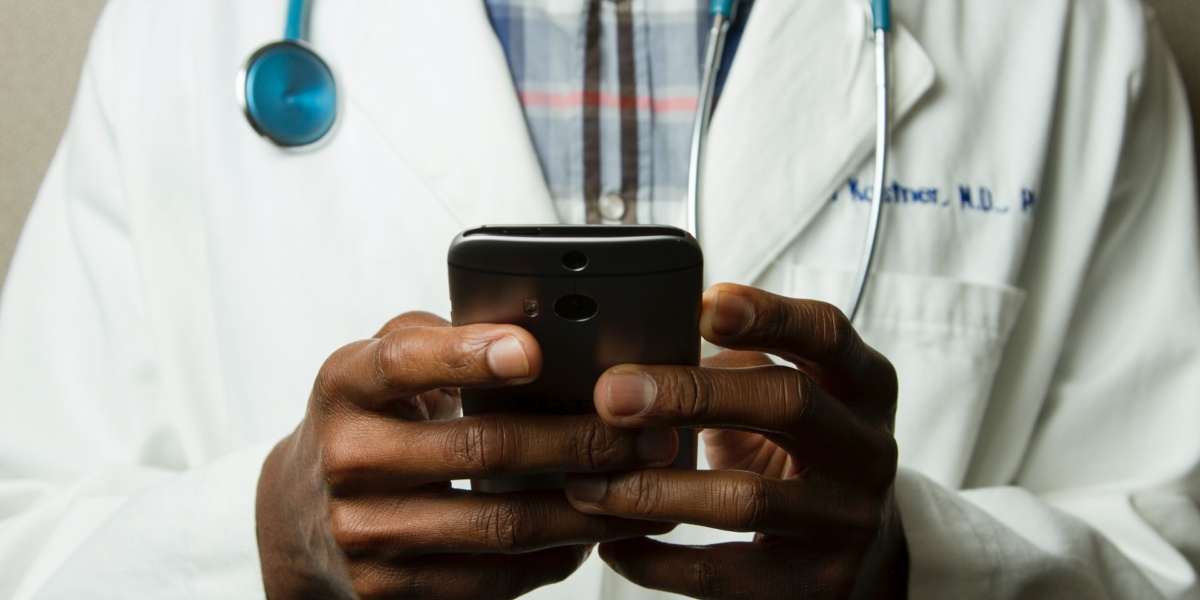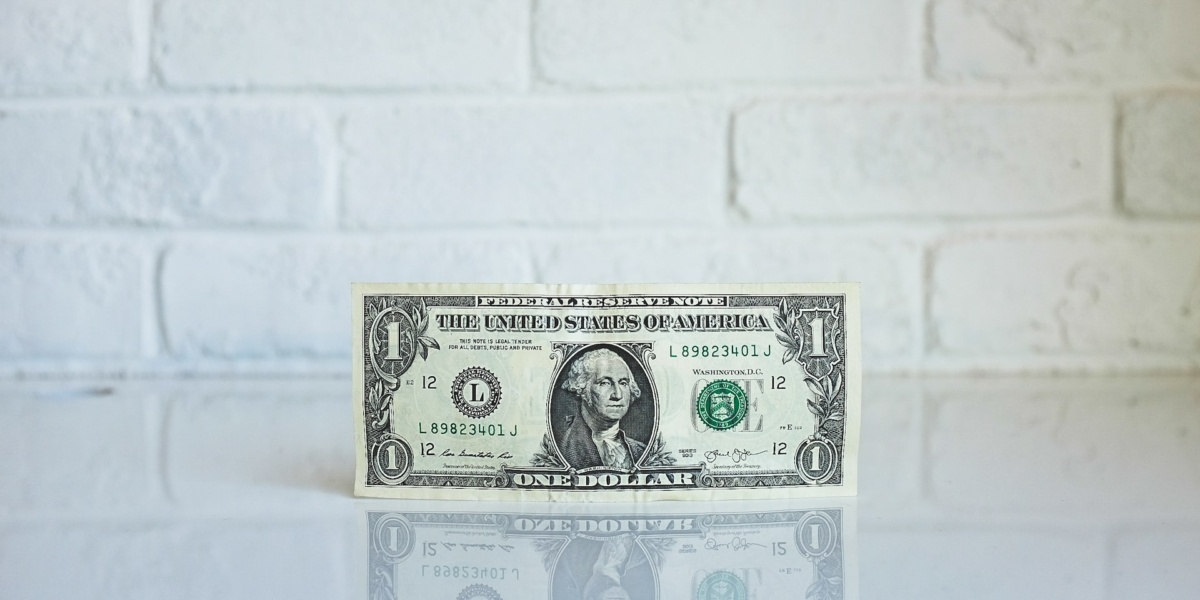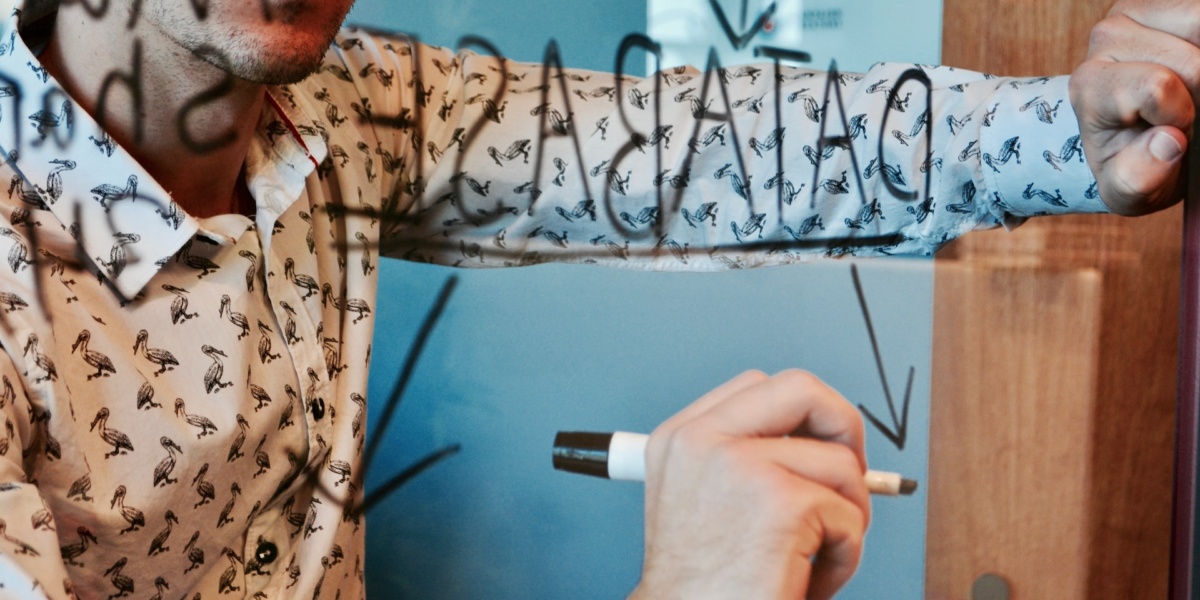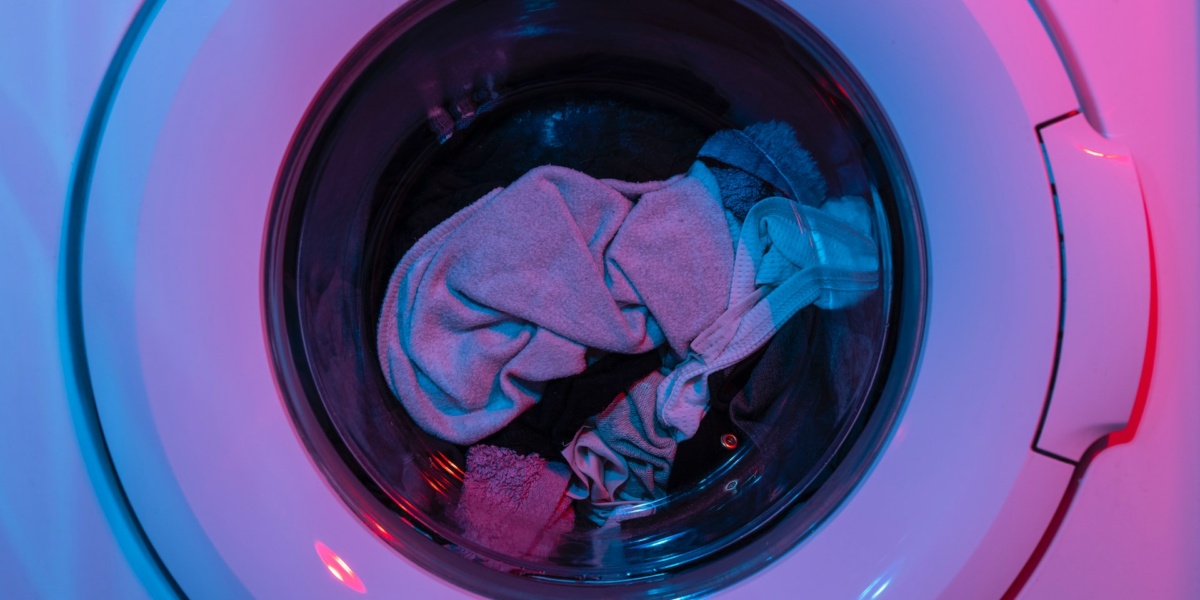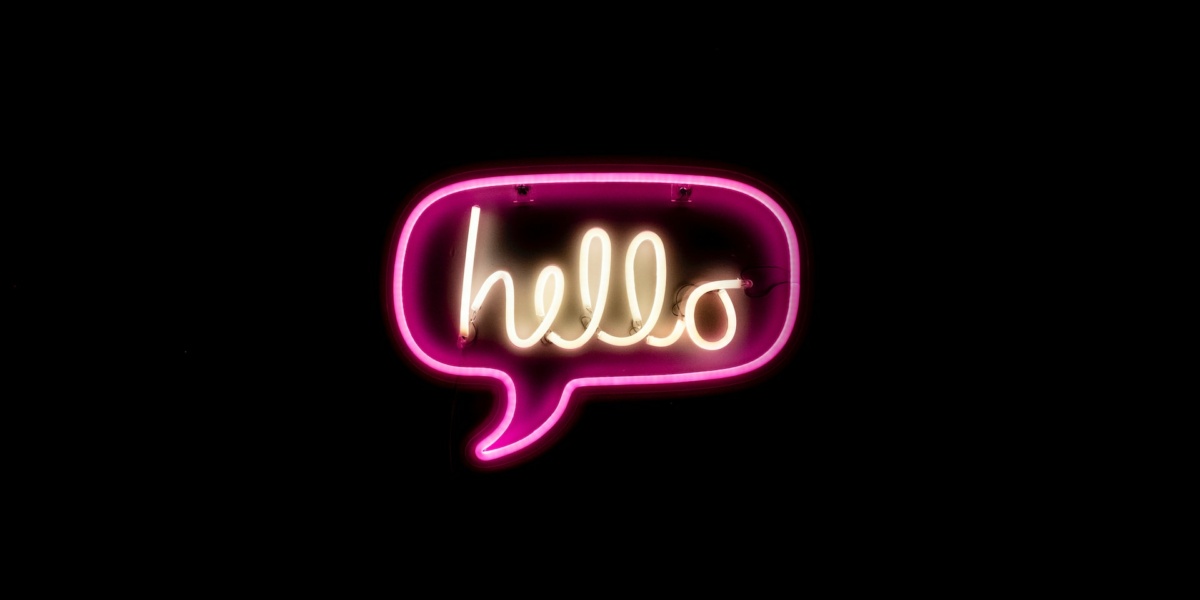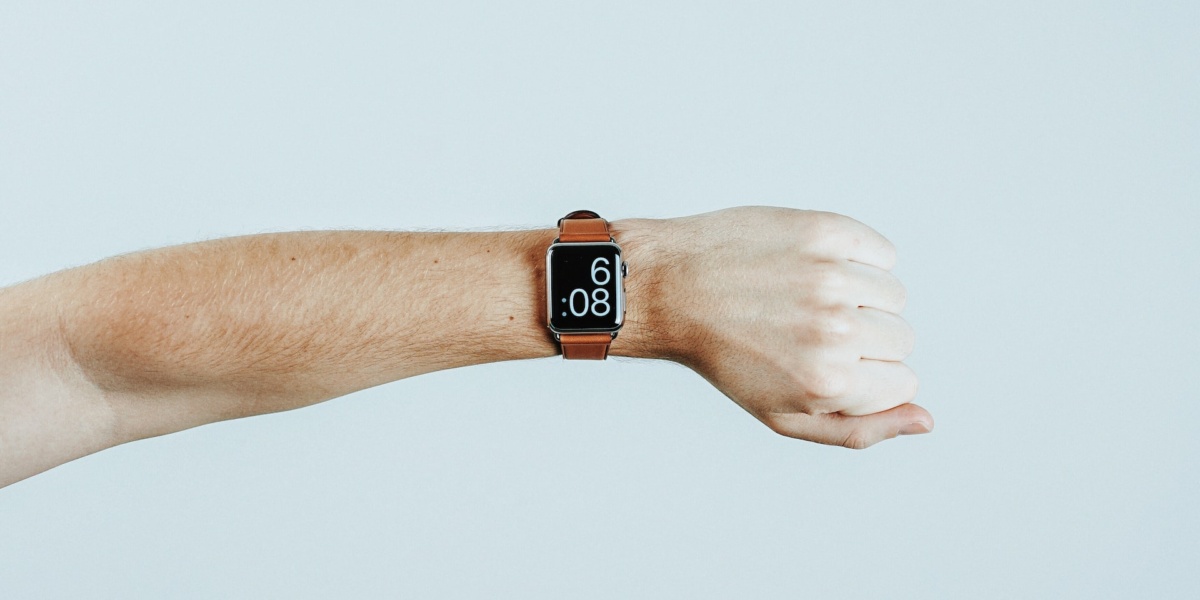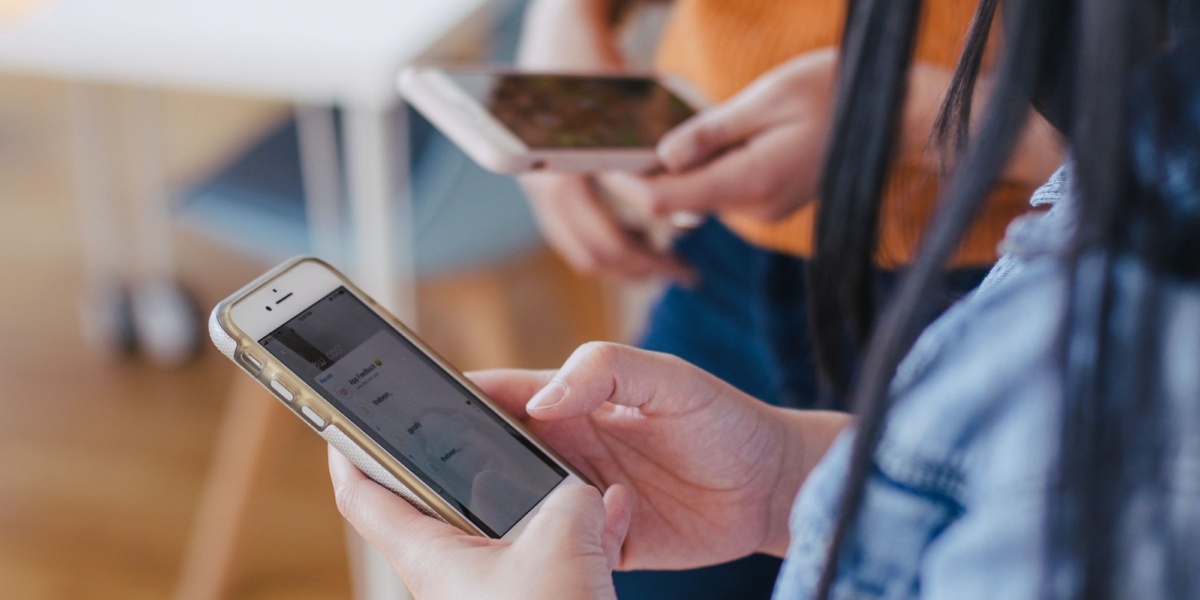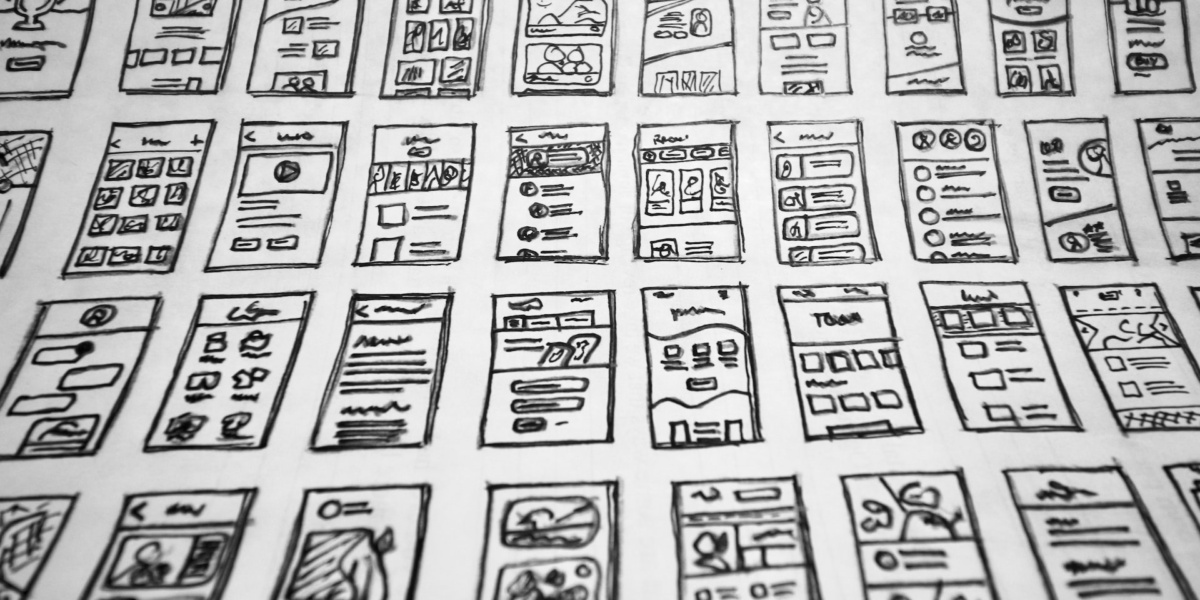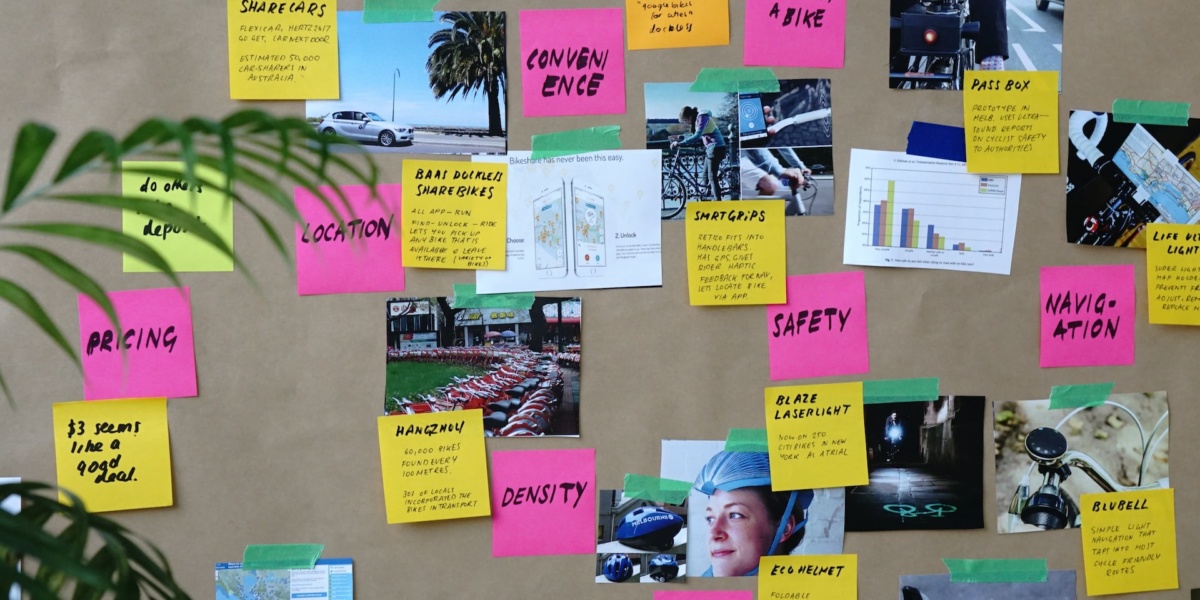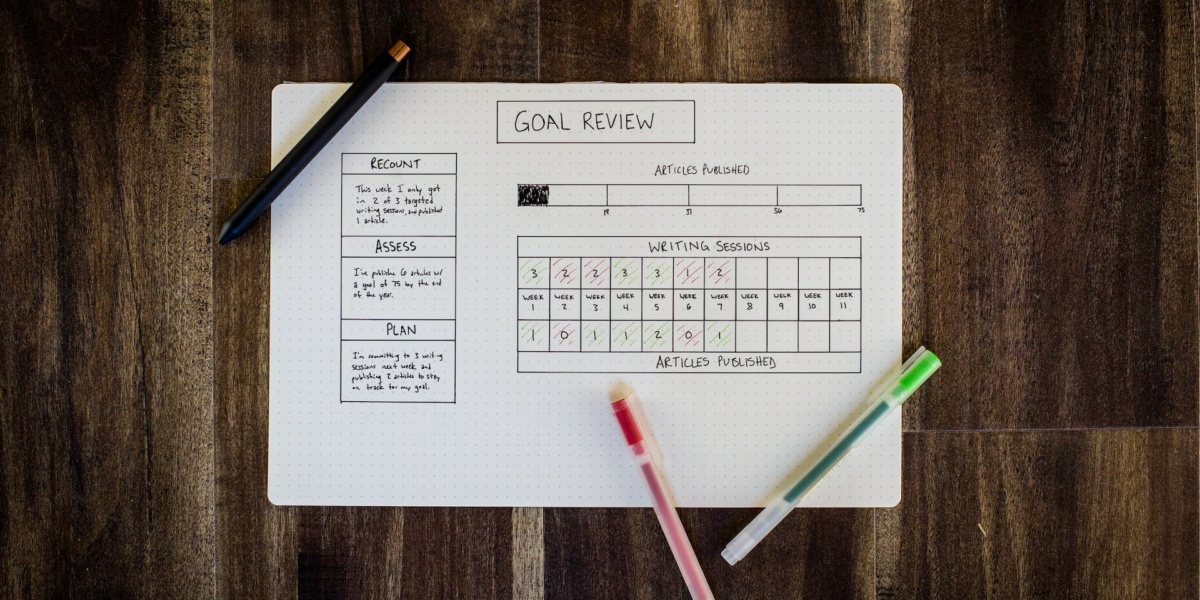Blog
Elevating Customer Service: 5 Ways to Improve AI-Powered Helpdesks Using Behavioral Science
Each month, around 60% of Americans talk to customer service. It’s a $350B industry that keeps growing – along with customer dissatisfaction. Enter generative…
We Tested Strategies to Help People Remember Their Prescription Drug Information—And Increased Recall by 17%
Americans have a drug problem: we don’t take our prescriptions. In fact, 50% of people stop taking their high blood pressure medication within 1 year…
Bringing Users Back to the Forefront: 3 Sustainable User Engagement Tips from Behavioral Science
Watch out. If you’re an app developer, this is not a pretty graph. You might even stop reading, in what behavioral scientists call ‘The…
3 Product Design Experiments You Can Replicate From Credit Karma (Plus a Bonus Round)
Behavior change is hard. And when it comes to our finances? It’s even harder. After all, the mental models around which we spend…
6 Behavioral Science Resources Every Product Manager and Product Designer Should Know About
Behavior change is a tough nut to crack. Fortunately, leading companies continue to try – with promising results. Their experimentation and testing has, in countless…
5 Ways Peloton Keeps Users Moving (Even When They Don’t Want To)
Starting a new workout or fitness routine is challenging, yet many are motivated to try, especially this time of year. It takes weeks to develop…
Attribution Error & Affective Forecasting: The 2 ‘A’ Words Every Researcher, Designer, & PM Should Know
In 1931, Norman Maier asked participants in his University of Michigan lab to solve a puzzle that stumped most people. When they were out of…
Unpacking Spotify Wrapped: The Behavioral Science of Our Yearly Music Obsession
At the end of every year, Spotify gifts users an encore that has become a modern tradition: Spotify Wrapped. This isn't just any playlist; it's…
6 Proven Strategies for Getting Patients to Engage With Your Digital Health Product Using Behavioral Science
So you’re a health plan or health tech that takes on patients. The only problem is you can’t seem to get in touch with them.…
Human Connection Is a Superpower. So Why Aren’t More Products Using It?
News flash: we’re wired for social connection. Duh! If you’ve been following social science findings at all, this won’t come as a surprise. …
Apple Vision Pro: 3 Ways It Could Change How We Apply Behavioral Science
‘One more thing,’ said Apple CEO Tim Cook… and then he announced the company’s first major product since 2014: the Vision Pro mixed reality headset…
‘Dogfooding’: Why You Should Be Using Your Product (& 4 Ways to Do It Better)
Last year DoorDash relaunched ‘WeDash’, their company-wide ‘dogfooding’ policy, and not all employees were happy. One engineer even made headlines for publicly blasting the requirement…
3B Framework: The Irrational Labs Approach to Behavior Change
Meet the Irrational Labs 3B Framework The list of behavioral economics principles for behavior change is long. Loss aversion, social proof— there are so…
Fintech Product Design: 4 Behavioral Science Principles Every Fintech Should Know
Over 90% of people think a budget will help reduce their spending. Sadly, they are wrong. In theory, budgeting makes sense. If people know how…
Behavioral Game Design: 7 Lessons from Behavioral Science to Help Change User Behavior
As behavioral scientists, we are always interested in identifying new ways to help people change their behavior to achieve their goals. But we’re not the…
Knowledge Cuts Both Ways: When Progress Bars Backfire
Visualizing progress can be a powerful motivator to action. The goal of including progress bars, checklist, or completion meter in a flow is to keep…
How to Become a Behavioral Scientist
Want to become a behavioral scientist? We know we’re biased — but we think it’s a great career choice. Behavioral science focuses on why…
Behavioral Design Lessons: How to Build an App Based On Your Husband (Without Destroying Your Marriage)
I needed to shrink my husband, Paul—to make a miniature version that would capture his engaging personality, in app form, using behavioral design. Paul had…
Want to Drive Behavior Change in Your Product? Try This Under-Used Tactic.
'We are what we measure.' You may have heard this phrase, or may even believe it, but chances are that you don’t know how it…
Human-Centered Design: How it Fails (And What to Design For Instead)
Blank Post-Its. Smart people. Two days. All of us zeroed in on a single question: How might we help low-income mothers improve their financial health?…
Designing for Habits? Why You Should Design for One-Time Behaviors Instead (& How to Do It)
If you’re at a tech company building a consumer product, you are likely measuring user engagement. Product managers, marketers, and designers are known to…
New Research with One Medical Drives 20% Increase in Doctor Appointments
One Medical and Irrational Labs Work to Advance the Member’s Health Journey Meeting with a provider on a regular basis is associated with increased…
Staff Picks: These Are the Apps That Behavioral Scientists Use in Their Own Lives
The behavioral scientists at Irrational Labs think about behavior change every day. We research it. We design it. We test it. We do this nine…
Does Budgeting Help You Save Money?
This project is a part of Duke’s Common Cents Lab. The Common Cents Lab is funded by the MetLife Foundation and supported by Blackrock…
Move Over, Product Manager: Introducing the Behavioral Product Manager
Have you ever wondered why some apps and websites feel like they're almost reading your mind? This doesn’t happen by accident; it’s the work of…
16 Critical Cognitive Biases (Plus Key Academic Research)
Wikipedia lists over 200 common cognitive biases (aka psychologies). In our behavioral science training courses, we explain how leveraging cognitive biases can help you solve…
The Science Behind Chore Wheels: Do They Work and Why?
Guest Post from Shea Fallick and Anoosha Kumar at PadSplit When you live by yourself, there’s only one person to do the chores. You are…
How the Duolingo App Approaches Language Learning
The Science Behind the Science of Change: How the Duolingo App Approaches Language Learning On this episode of The Science of Change, host Kristen Berman…
Time: Papers We’re Reading, Week 3
When you open your rideshare app and the wait time is long, do you give up? What price do people place on time savings? In…
The Biggest Missing Element in Most Product Experiences, According to Behavioral Science: Does Yours Have It?
Libby was new to backpacking. Her first trip was a 4-day trek through the Sierras with a good friend who was far more experienced. Before…
The Product Manager’s ‘Day 1’
'Day 1': The One Thing You Should Do Right Do to Get Users to Stick With You Jeff Bezos coined the term Day 1 for…
Don’t Hate Yourself for Scrolling. It’s Not All Your Fault.
There is a general discomfort brewing around the increased use of our mobile devices. The word “smartphone addiction” has casually entered our lexicon, and…
It’s Not Always about Making Things Easier: When to Make Your Sign-Up Flow Harder
Product developers and UX designers can all agree — reducing the number of steps in a sign-up flow is Product Design 101. Less friction translates…
What Academics Can Learn from Industry
Companies are getting better and better at experimentation. They might not publish peer-reviewed papers, but they do take advantage of their access to thousands (or…
Experimenting: A Case Study from a BE Bootcamper
Josh Ly, guest author This post is brought to you by BE Bootcamp attendee Josh Ly from Livongo. As part of BE Bootcamp, students…
Building Behavioral Science Into Your Organization: An Example
How should companies build behavioral science functions into their organizations? This is a hot topic nowadays, warranting a recent report by McKinsey on how companies…
How to Get More Done: Use A Commitment Device
We all struggle with our goals, whether it’s to eat healthier, work out more often, or be more productive at work. After all, there are…
